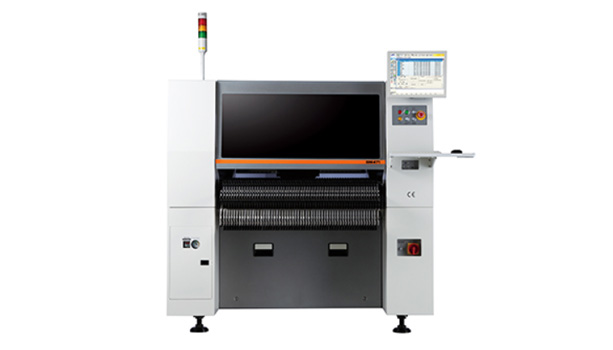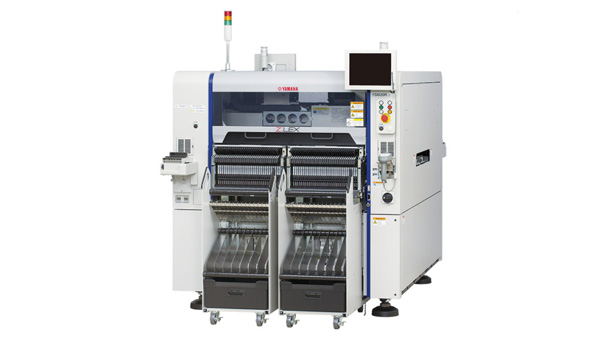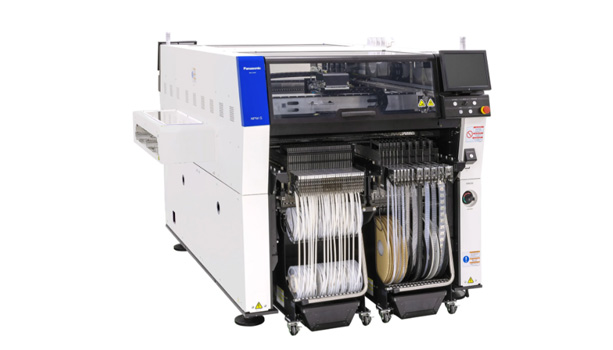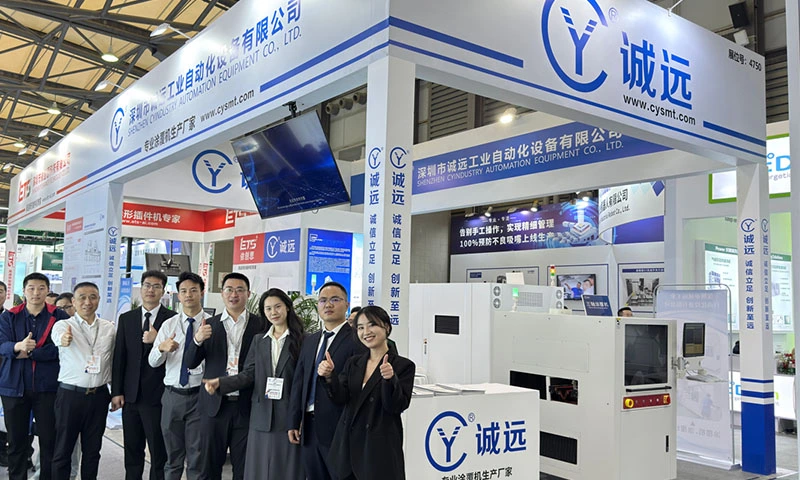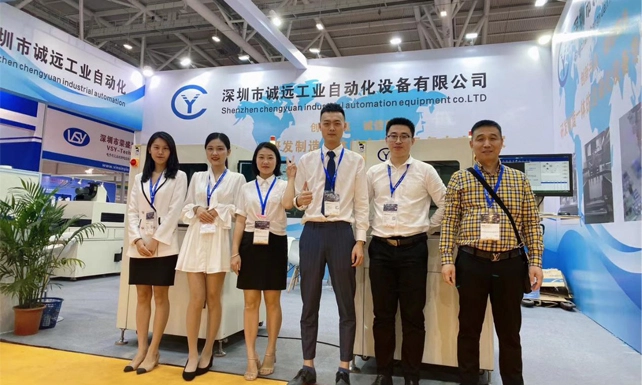Maximizing PCB Assembly Speed with an Automated Pick and Place Machine
An automated pick and place machine revolutionizes PCB assembly by achieving speeds up to 150,000 components per hour (CPH), maximizing throughput without compromising precision. Equipped with multi-nozzle heads and vision alignment, it handles components from 01005 chips to 50mm connectors. Intelligent feeders and quick-change setups slash downtime, enabling 24/7 production. Real-time error detection prevents misalignment, ensuring IPC-9850 compliance. By reducing manual intervention and optimizing placement accuracy, it cuts cycle times by 60% and boosts yield rates. Ideal for automotive, telecom, and consumer electronics, this machine transforms high-volume manufacturing—where speed, scalability, and flawless component integration drive competitive advantage.
Pick and Place Machine Technology: The Key to High-Precision Component Placement
Modern pick and place machines leverage 3D vision alignment and AI-driven error detection to achieve micron-level (±15µm) accuracy, essential for 01005 components and 0.25mm-pitch BGAs. Multi-head systems with adaptive nozzles handle diverse sizes, while force control prevents damage to delicate parts. Real-time calibration ensures perfect placement, slashing defects like tombstoning by 98%. Compliant with IPC-9850, they guarantee reliability in automotive, medical, and aerospace electronics, where vibration and thermal extremes demand perfection. By merging speed (up to 200k CPH) with precision, this technology redefines PCB assembly—turning complexity into flawless, scalable production for mission-critical applications.



